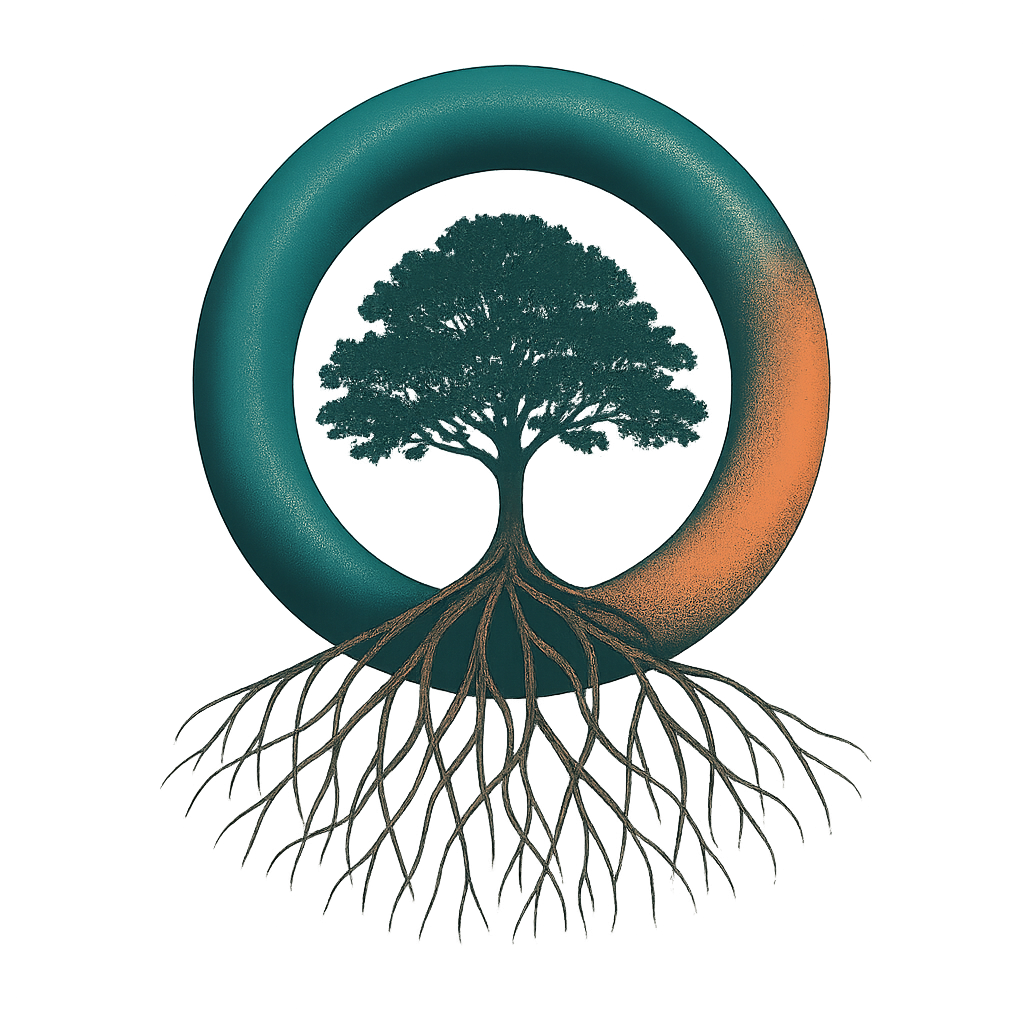The Motorway Method
A way to make sense of projects, pace, pressure, and who’s in the vehicle with you. We use this as a way to engage with our coaching clients, particularly creative entrepreneurs, to help get clarity amongst overwhelm and give things a recognisable frame, even when they might feel messy and uncertain. We’re also developing it as a physical product so you can literally visualise your work this way on your office wall, and it’ll be a core element in our Epoch operating system.
This is one of the simplest and most powerful metaphors in Mangrove. It’s a visual and felt way to ask things like:
What kind of project is this?
What pace does it need to move at? Is it time sensitive, moving too slowly and we’re getting overtaken - or is it over the speed limit and in danger of crashing?
Who’s involved — and what’s your role?
Are you meant to be the driver?
Or are you clinging to the roof when you were only supposed to be a passenger?
Do you have too many “vehicles” on the road at once? Could some pull into a service station for a break and refuel ? When did you last get a personal MOT (drink some water, go for a walk, eat something nutritious?) or a business MOT (pause to reflect on strategy, how you’re working, if you need support, consider a new type of client to approach)
We need to avoid personal pile-ups (too many projects or responsibilities we can’t keep on top of, leading to missed deadlines, lost clients etc)
take time to focus on MOTs - firming up relationships with existing clients; taking care of ourselves for long term thriving; developing tools and systems that suit how we naturally work, not attempting to force a push bike (single person with limited resources) into a fast lane full of trucks (competition with tons of resources, that you can’t compare yourself to - but a motorbike with appropriate safeguards might just win there!)
What are you working towards, when do you want to get there and how does it actually feel?
This isn’t about strict timelines or gantt charts, nor project management per se. It’s about getting a clearer map of your internal and external workload, so you can take better decisions — whether you’re mapping your next phase of creative work, a new offering, a quiet season, or a growth sprint. It’s highly customisable and allows for all sorts of different ways of reframing your work and understanding how and why you’re stuck or frustrated, what gets you excited, what happens when there’s roadworks… It’s a lot of fun exploring your own metaphors!
Some core questions this method helps with
Try asking yourself:
Responsibility: Are you in charge of everything? Could someone else drive, even for a bit, or help refuel?
Clarity of role: Are you the driver? Navigator? Music-picker from the back seat? Crew doing the behind-the-scenes work?
Speed: Is this meant to move fast, or are you rushing something that’s actually better in the slow lane?
Destination: Do you have a clear one? Are you exploring freely? Could this evolve over time?
Support: Do you have passengers or partners? Could you pick someone up for a stretch to share the load? Is someone else doing backseat driving and you’d like to leave them in a service station for a while…?
Headspace: Is this the right time for this journey — or should this idea wait for the next “season”? Is the vehicle ready, serviced, are all the passengers ready?
Some examples of how it works
🏍 Motorbike: Solo creative sprint. You’re fast, nimble, but it’s all on you. High risk/high reward. Easy to burn out.
🚌 Tour Bus: Big project. Big team. Clear route, scheduled stops, shared responsibility. You might be the director or a key part of the show. Slower, but powerful.
🚗 Family Car: Collaborative, steady. You might be the one driving, or taking turns. A client project or a launch you’re co-building.
🚐 Camper Van: A favourite personal project with a friend or two. Wanders a bit. Needs care but holds value.
🚲 Bike Ride: Light. Quick wins. Low stakes. Could be done this week. Might turn into something bigger, but it doesn’t have to.
✈️ Private Jet: Big ambition. Big investment. Once it’s up, it moves fast. But needs prep, support, and a very clear why.
Use it to rebalance
Feeling overwhelmed?
Check: do you have five motorbikes on the road and no tour buses? That’s fast, but exhausting - and really risky.
Are you stuck in someone else’s tour bus when you’re itching to ride solo?
Maybe your camper van needs parking for a while.
Or you’re flying the jet, but forgot to land and refuel - this could be a very expensive crash!
How it ties into other Mangrove frameworks
You can use the Motorway Method with:
“Pilot season” thinking – What’s in season right now? What’s coming later? What’s in development but not airing yet?
The Clothesline – Hang up ideas, then decide where they go: is this a main motorway route or an off-road idea to play with later?
This lets you see what’s actually happening — and what’s trying to happen underneath the overwhelm.
Why this matters
This metaphor lets you feel your way through the work.
It helps you name what’s working, what’s wrong, and what’s next.
It gives you ways to reframe pressure, spot gaps, and rebalance your system.
You don’t need to overthink it — just start asking:
What vehicle is this? What lane is it in? Who else is with me?
You’ll be surprised how much clarity you get.
